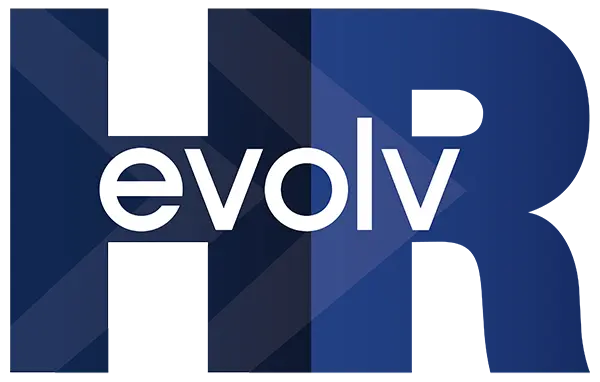Preparing for the Future: A Guide to Succession Planning
The success of any organization hinges on its ability to adapt and grow, and at the heart of that growth is leadership. Succession planning isn’t just about filling roles when vacancies arise—it’s a proactive strategy to ensure your organization thrives by cultivating the next generation of leaders. evolvHR’s Succession Planning Template offers HR leaders a robust framework for building a sustainable leadership pipeline.
Why Succession Planning Matters
Leadership gaps can disrupt operations, erode morale, and stall progress. Yet, according to a survey, only 35% of companies have a formalized succession plan. This lack of preparation can leave organizations scrambling when key positions become vacant.
Succession planning addresses these challenges by identifying high-potential employees and equipping them with the skills and experiences needed for leadership roles. It’s not just a safety net—it’s a pathway to innovation and continuity.
Tools for Effective Succession Planning
The Nine-Box Grid: A Strategic Assessment Tool
At the core of the evolvHR Succession Planning Template is the nine-box grid, a versatile tool for assessing employees based on their performance and potential. This matrix categorizes employees into nine groups, providing insights into their readiness for advancement.
- High Performers with High Potential: These employees are the future leaders of your organization. Invest in their growth through mentorship, challenging projects, and clear pathways to leadership.
- Steady Performers: While not immediately ready for leadership, these employees are the backbone of your operations. Development plans should focus on enhancing their strengths and addressing skill gaps.
- Underperformers: Succession planning isn’t just about identifying leaders—it’s also about addressing underperformance. Tailored improvement plans can help these employees meet expectations or find roles better suited to their abilities.
Individual Development Plans
An effective succession plan goes beyond assessments. It includes actionable development plans that align employees’ career aspirations with organizational needs. These plans should be specific, measurable, and revisited regularly to ensure progress.
Building a Culture of Leadership Development
Succession planning isn’t a one-time exercise—it’s an ongoing commitment to leadership development. Organizations that prioritize this effort often see higher engagement and retention rates. Employees feel valued when they see a clear path for growth within the organization.
Best Practices for Succession Planning
- Start Early: Don’t wait for vacancies to emerge. Proactively identify and develop talent to ensure smooth transitions.
- Be Inclusive: Look beyond obvious candidates. Diversity in leadership fosters innovation and reflects the communities you serve.
- Leverage Technology: Tools like evolvHR’s template streamline the planning process, offering data-driven insights for decision-making.
Partnering with evolvHR
evolvHR is committed to helping organizations future-proof their leadership pipelines. Our Succession Planning Template simplifies the process of identifying and nurturing talent, ensuring your organization is ready for whatever the future holds.
Connect with evolvHR today to transform your succession planning strategy and secure a brighter future for your organization.
Ready to Transform Your Human Resources Operations?
Encourage HR leaders to use evolvHR’s succession planning template to build a resilient leadership pipeline and retain top talent.
Contact EvolvHR today to learn how we can help you implement these strategies and build a stronger, more resilient organization.
